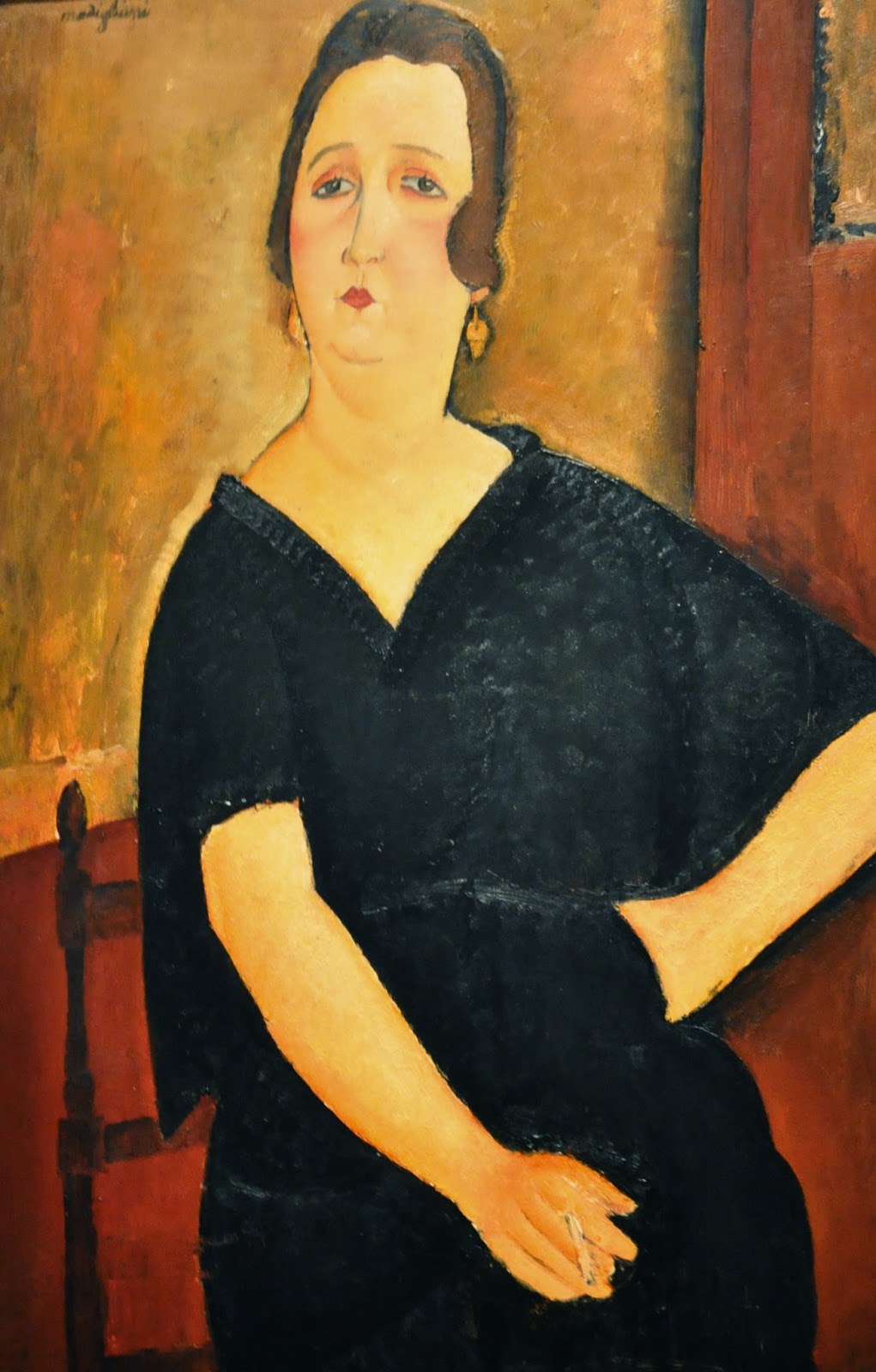Like Andrew Mellon, Chester Dale made his millions as a banker and on the New York Stock Exchange. His wife, Maud, who was a painter and art critic, introduced Chester to the idea of collecting modern art. They built the bulk of their collection rather quickly, putting the majority of their collection together between 1926 and 1933. In 1929 alone they purchased an astonishing 130 paintings. The Dales collected an amazing number of paintings by their favorites artists: 17 by Renoir; 15 by Picasso; 25 by Toulouse-Lautrec; 11 by Monet; and 21 by Modigliani.
Once the National Gallery opened in 1941, the Dales began to lend and donate paintings to the museum. When Chester Dale died in 1962, he bequeathed the remainder of his collection to the National Gallery. The Dale collection is comprised of over 300 works, mostly modern French art. The gift nearly tripled the gallery's 19th-century French collection, but the dazzling quality of the gift was even more noteworthy than its quantity. Virtually every major artist who worked in Paris from the mid-1800s to mid-1900s is represented.
Portraiture dominates the Dale collection, largely owing to the influence of Maud. She felt portraiture, more than any other genre of art, was a reflection not only of the artist and the sitter but also of the era in which they lived.
Maud Dale favored portraits painted by Amedeo Modigliani. She organized exhibitions featuring his work and published one of the very first monographs on the artist in 1929. The Dales eventually collected 21 of what critics considered to be the finest works by Modigliani. Thirteen of these works are now in the collection of the National Gallery of Art. Four were on display during my visit.
Nude on a Blue Cushion (1917)
 Modigliani was renowned for his languorous nudes. An exhibition in 1918 in Paris was closed by the police on the grounds of obscenity.
Modigliani was renowned for his languorous nudes. An exhibition in 1918 in Paris was closed by the police on the grounds of obscenity.Gypsy Woman with Baby (1919)
It is very easy to recognize a work by Modigliani. The subjects of both his paintings and sculptures feature elongated faces, necks and features.
Chaim Soutine (1917)
Modigliani painted several portraits of his artist friends such as Maurice Utrillo, Pablo Picasso and Chaim Soutine.
Modigliani's use of drink and drugs contributed to his early death at age 35 in Paris of tubercular meningitis.
I will continue to show more of the spectacular Dale collection in my next blog post.
The National Gallery of Art is located on the National Mall between 3rd and 9th Streets along Constitution Avenue.
- Admission is always FREE.
- Open Monday-Saturday: 10 a.m. - 5 p.m.
- Open Sunday: 11 a.m. - 6 p.m.
- Closed on December 25 and January 1.







































